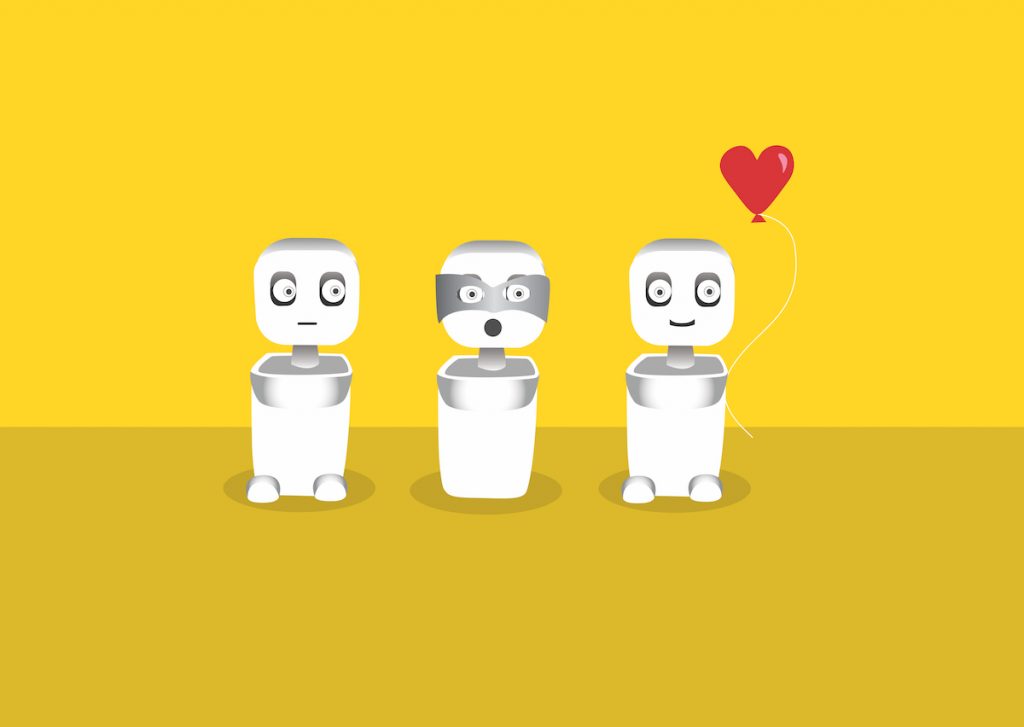A hospital stay can be a confusing and scary experience for many children. One way to make pediatric patients feel more at home in a hospital environment is to give them a furry, four-legged friend.
While pet therapy has been shown to help young patients reduce stress and anxiety, one downside is that service animals are not always available. Chien-Ming Huang, John C. Malone Assistant Professor in the Department of Computer Science, has a cuddly idea: Bring in the (fluffy) robots.
“Robotic pets can provide companionship and emotional support around the clock,” says Huang. “My lab is building a prototype that can sense human emotions and then mimic animal behavior that provides comfort (think nuzzling), much like a real therapy dog.”
The lap dog-sized robot is covered with fur, hygienic clothing, and tactile sensors that gather information on how the patient interacts with the robot. For example, if a patient hugs the robot tightly, the robot recognizes that the patient might be especially nervous.
The team’s main challenge is to figure out how to program the robot to respond accordingly to these cues. “To be really engaging for children, the robot needs to generate behavior that is slightly different each time—or else the child might get tired of the robot after a few interactions,” says Huang.
The next phase of the project is to deploy the prototypes into the hands of real pediatric patients.
The team also believes that robotic pets can provide much-needed support outside of the hospital setting. After all, most people can benefit from sitting back and petting a puppy at the end of a stressful day.
“Our prototype was originally designed for children in the hospital, but we think robotic pets could be useful for older adults living alone, or even college students stressed about exams. These could help anyone who needs comfort and companionship,” says Huang.
This article originally appeared in the JHU Engineering Magazine >>
